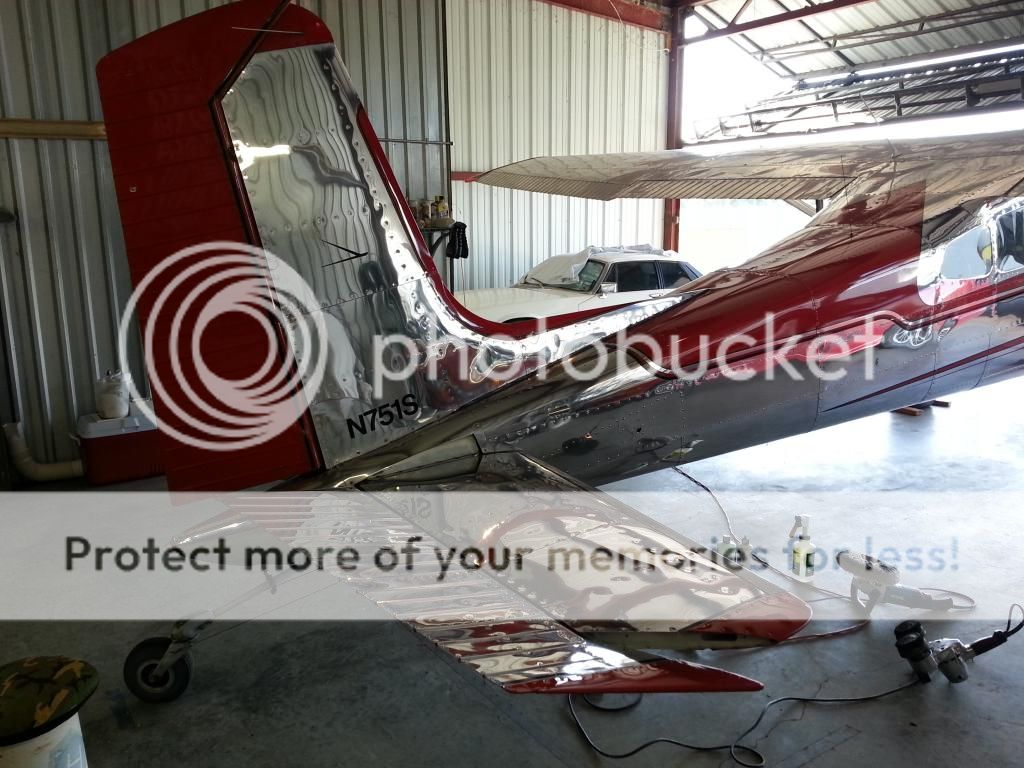


The orbital is unnecessary, the buffing machine would do the whole job in 1/3rd of the time and 1/4 the effort if you put on a rag wheel and use it first, then use that pad to clean up. Personally I prefer good old rouge sticks for initial polishing, and Flitz for final/maintenance polishing. I promise you, I polish FAR more metal than you and maintain it in far harsher environments. I do it professionally, I do not waste time or effort, I use the fastest simplest, lowest cost material that make people go "wow" and pay my ass very well for my work.
Orbitals are more work than they are worth. Use the same materials with the flat pad first, and the same result you have there happens at 2sq every 3 seconds. Don't turn the speed down either, full speed, just keep it moving and don't make hot spots. If something isn't coming out, apply more compound.
Polishing bare metal though is best done with a rag wheel, I prefer linen and denim. I can rock down a rail with a rag wheel about 3' every 15 seconds doing top, bottom, and support stubs and joints.





 You'll not see a real polishing pro polishing metal with an orbital, they're amateur tools.
You'll not see a real polishing pro polishing metal with an orbital, they're amateur tools.